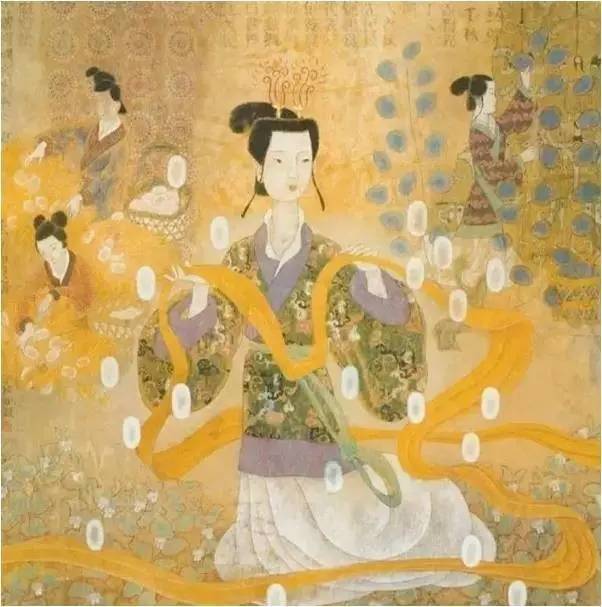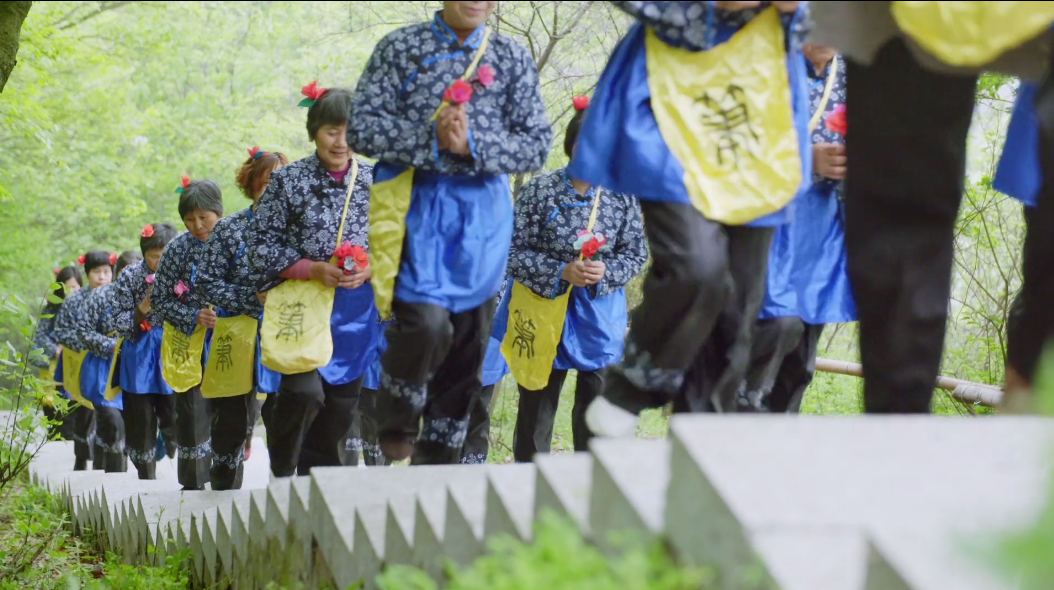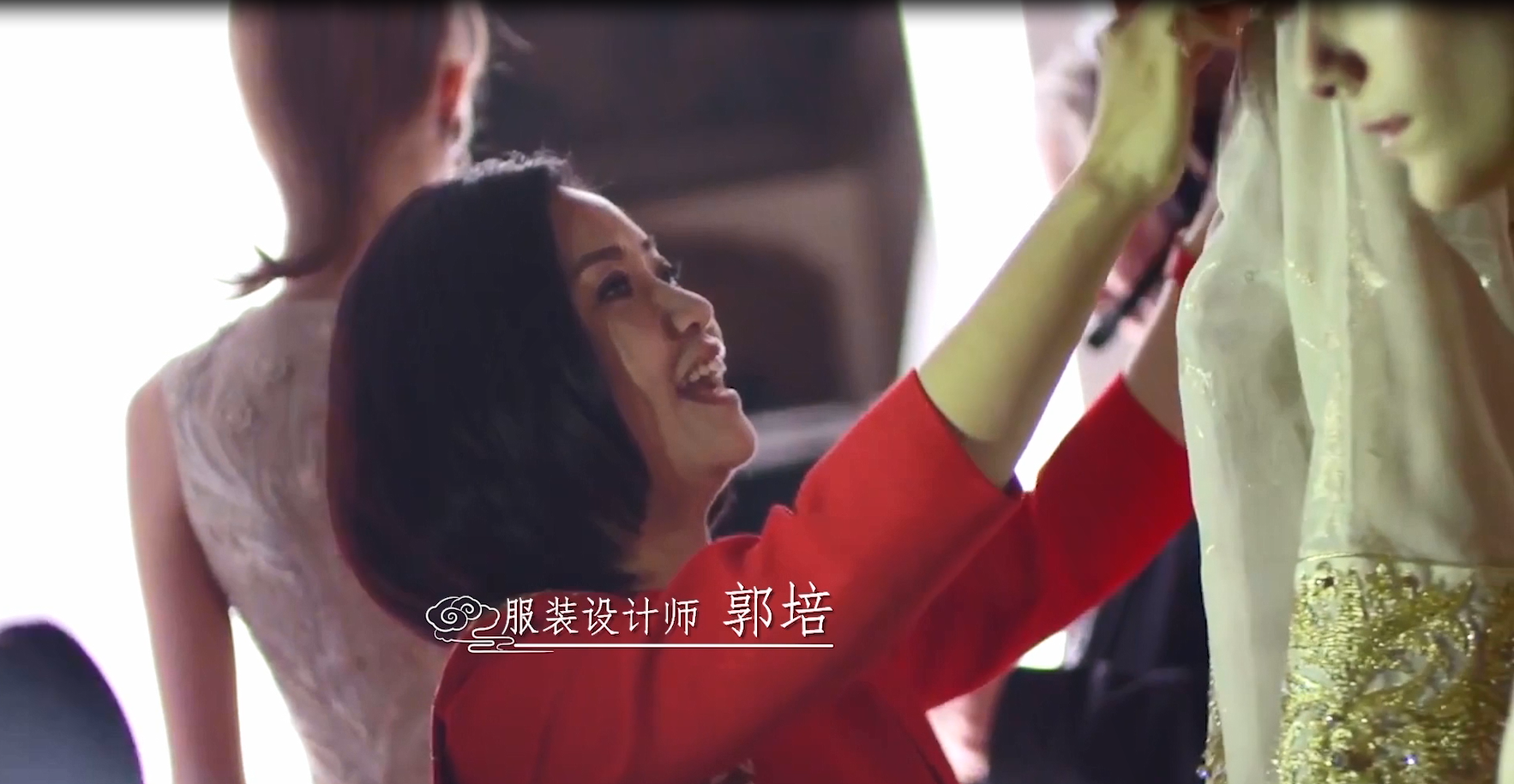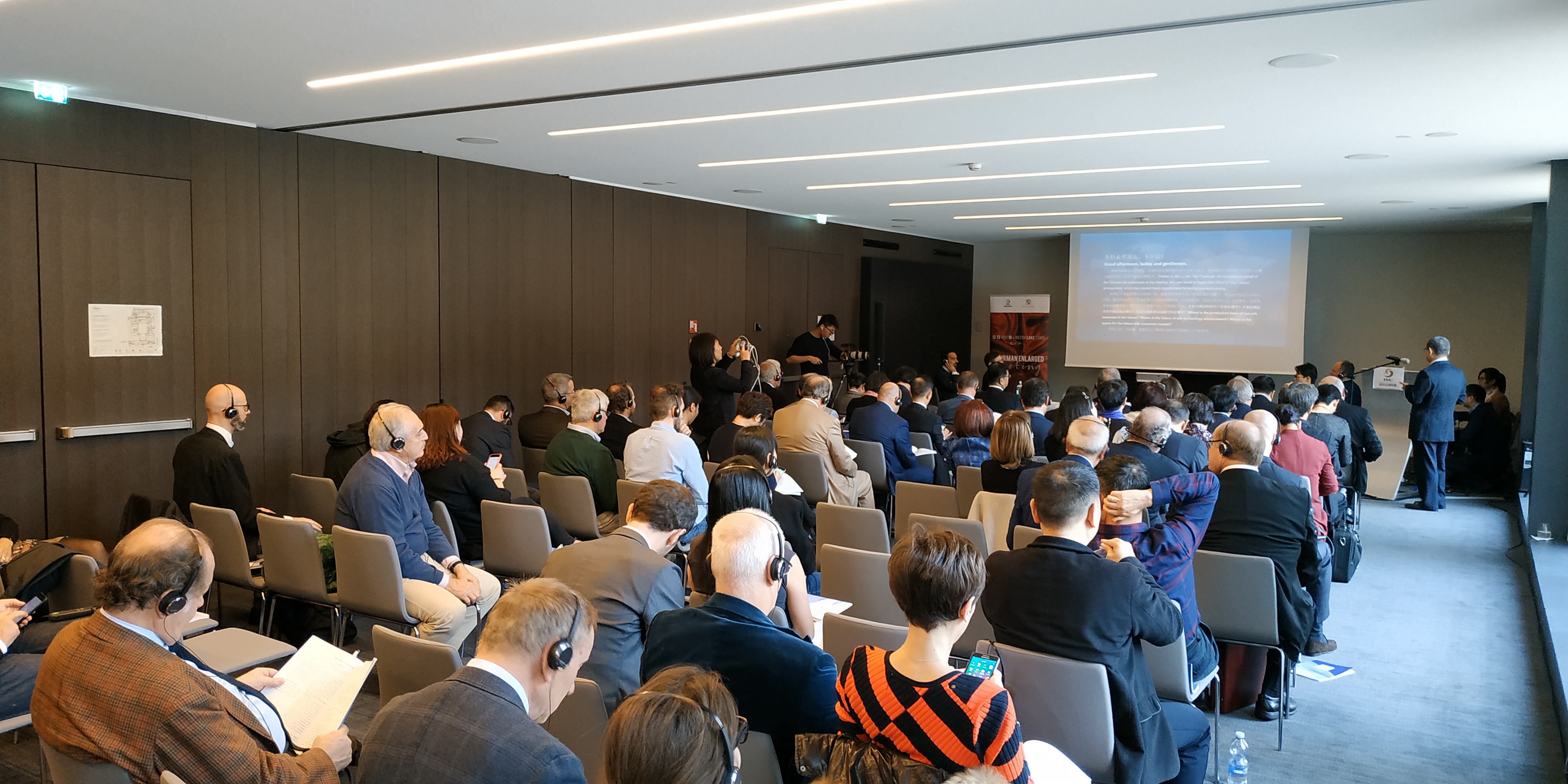Historical Position and Future Development of Zhejiang Silk Industry
China is the home of silk. In ancient legends, “Fu Hsi transformed silkworm and mulberry into silks”, “the silkworm god presented silks to the Yellow Emperor for having killed Chi-you” and “Lei Tsu Xiling, the first wife of the Yellow Emperor, taught the people to rear silkworms”, all of which are related to the origin of silk. From 114 B.C. to 127 A.D., Zhang Qian had opened the “Silk Road” linking China to Central Asia and to India via silk trade. In 2013, President Xi Jinping proposed the “Belt and Road” Initiative. In 2014, the “Belt and Road” became one of the three national strategies, and “silk”, as the most important carrier and medium of the strategy, was given new idea and connotation.

China fully deserves the reputation of “the Kingdom of Silk”, and Zhejiang fully deserves the “big province of silk”. Zhejiang is the key point of China’s silk industry. In Zhejiang, there is Hangzhou that is called “the Home of Silk”, Huzhou that is called “the Origin of Silk in the world” and Shengzhou that is called “the Highland of Silk in China”. The silk pieces of 4750 years ago unearthed from Qianshanyang Site in Huzhou are the earliest domestic silkworm silk product on the earth. Since the An Lushan - Shi Siming Rebellion in the Tang Dynasty, Jiang-nan Dao centered in Zhejiang became the center of silk production nationwide, where silk production and silk trade was in a period of great prosperity, and silk culture flourished; As a big province in respect of silk research, development, production and trade, Zhejiang’s splendid history of silk development is obvious to all.
The Kingdom of Silk explains the reasons for the brilliant achievements of China’s silk industry. The silk producers in Lu Village of Huzhou were industrious and studious enough to produce high-quality “Huzhou silk”, which won the gold award at the first London’s Great Exhibition of 1851, the first prize at the industrial exhibition in Turin of Italy in 1911, and the gold award at the Panama Pacific International Expo of 1915. Today, the silk producers in Zhejiang are still as industrious and studious as before. Cathaya, as the largest export trader of silk broadcloth commodities in China, has built its silk industry chain in Chun’an, Dehong and Burma, showing Zhejiang’s confidence in future silk development.

The Splendid Frozen in Time presents Li Min Chinese-style Garment Factory Qipao making, Guo Pei’s silk fashion design, Wensli Group’s duplex silk printing technology, Singapore Peranakan culture and Antonio Ratti Foundation in Italy, and is intended to enhance audiences’ understanding of silk by describing silk techniques and concrete cultural image. We are proud of the splendid history and culture of China’s silk industry, but how do we maintain the gloriousness of China’s silk industry? The Route of Silk probably provides the answer to Zhejiang silk producers.

The development of Zhejiang silk industry has four features. Firstly, its scale is largest nationwide. It is the largest base of silk production and export in China. Its output value accounts for about 1/4 of the total output value of China, and the output values of pure silk fabrics, pure silk garments and silk neckties account for 30%, 40% and 80% of the total output value, respectively. Secondly, the development of the main producing areas of silk in Zhejiang has the most distinct characteristics, having formed industrial clusters with distinct characteristics such as Hangzhou silk dress, Huzhou high-grade silk fabrics, Jiaxing silk knitting and silk quilt, and Shengzhou silk necktie. Thirdly, most leading brand enterprises engaged in silk trade are based in Zhejiang province. The companies of Cathaya, Wensli, High Fashion, Jiaxin Silk, Jin Fuchun and Babei rank top 10 of the silk enterprises nationwide. Fourthly, there is the most solid support system and basis for the silk industry in Zhejiang. There are a number of first-rate platforms relating to silk, including International Silk Union, China National Silk Museum, International Silk Institute in Zhejiang Sci-Tech University, secretariat to the National Technical Committee on Silk of Standardization Administration of China , the Journal of Silk (a national Chinese core journal), China Silk Information Center, and China International Silk Expo.

Through the world union of International Silk Union to play a bridge role in the silk field; Through the world platform of China National Silk Museum to provide silk culture and skills exchange; Through the Zhejiang Sci-Tech University’ talent training such as the undergraduate education on Silk Design and Engineering, Training Program on Art & Technique Heritage and Creative Design of Brocade, International Training Program on Processing Technology and Innovation Design of Modern Silk Products; Through the efforts by silk persons persevering in silk culture exchanges like Fei Jianming and Zhao Feng, I believe Zhejiang silk industry will achieve a greater success in future.
Prof. Zhu Chengyan
Party secretary of International Silk Institute, College of Textile Science and Engineering, Zhejiang Sci-Tech University

